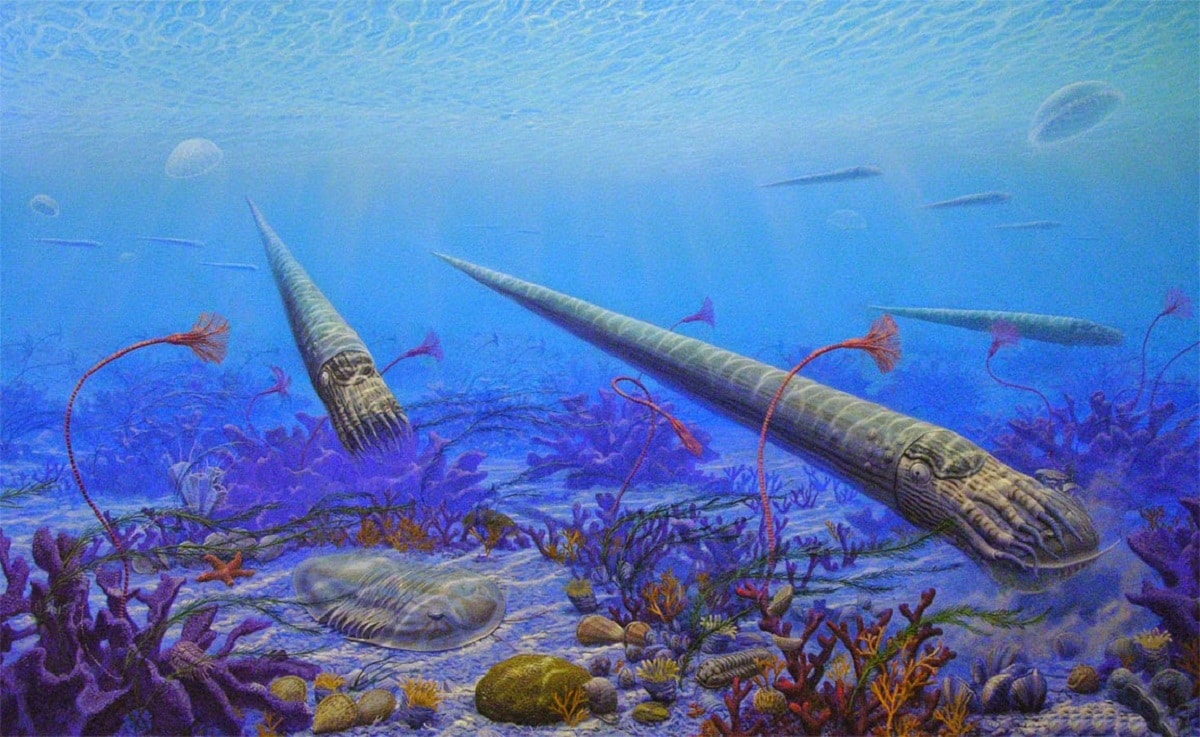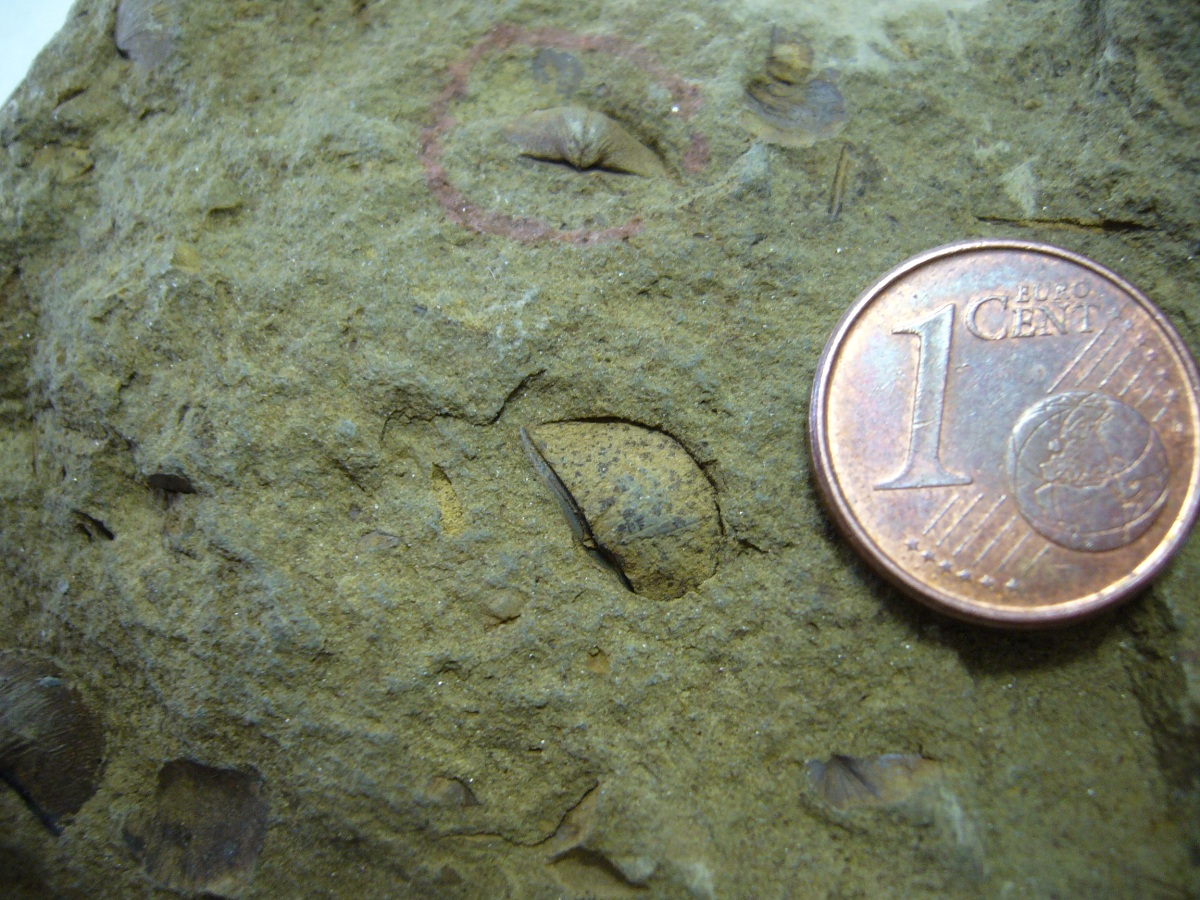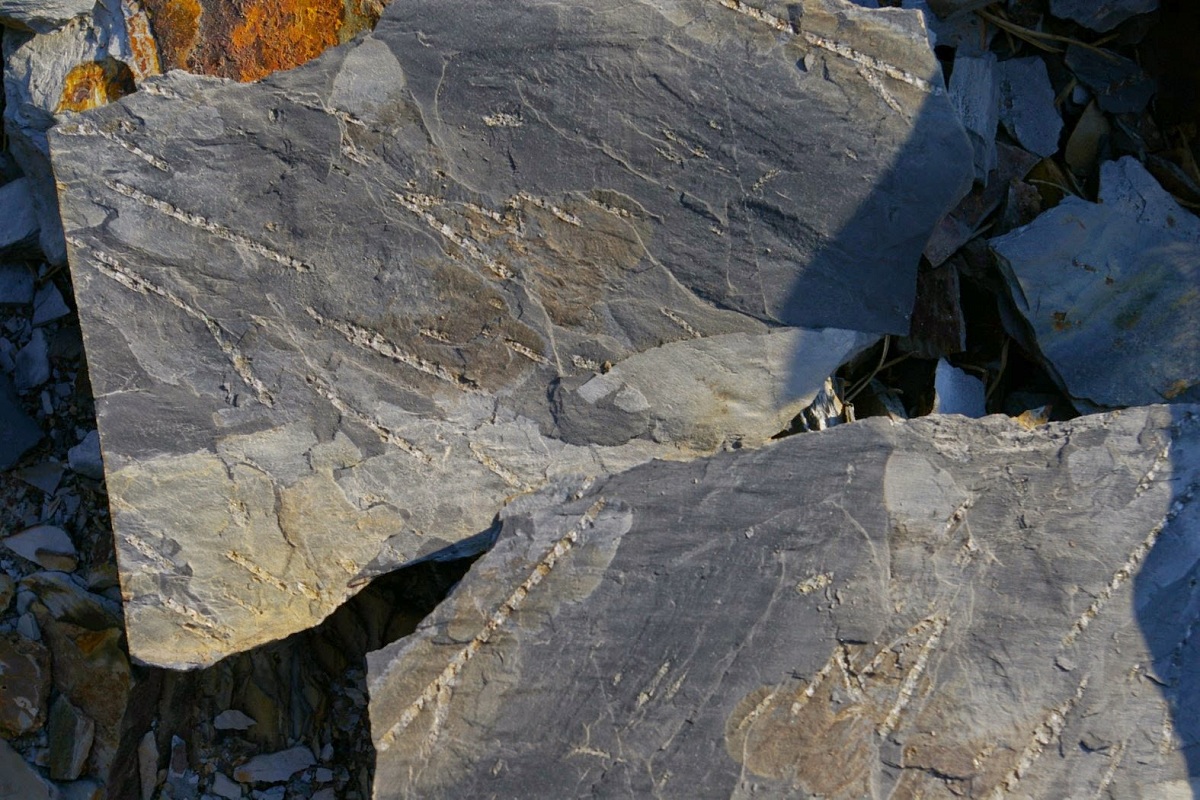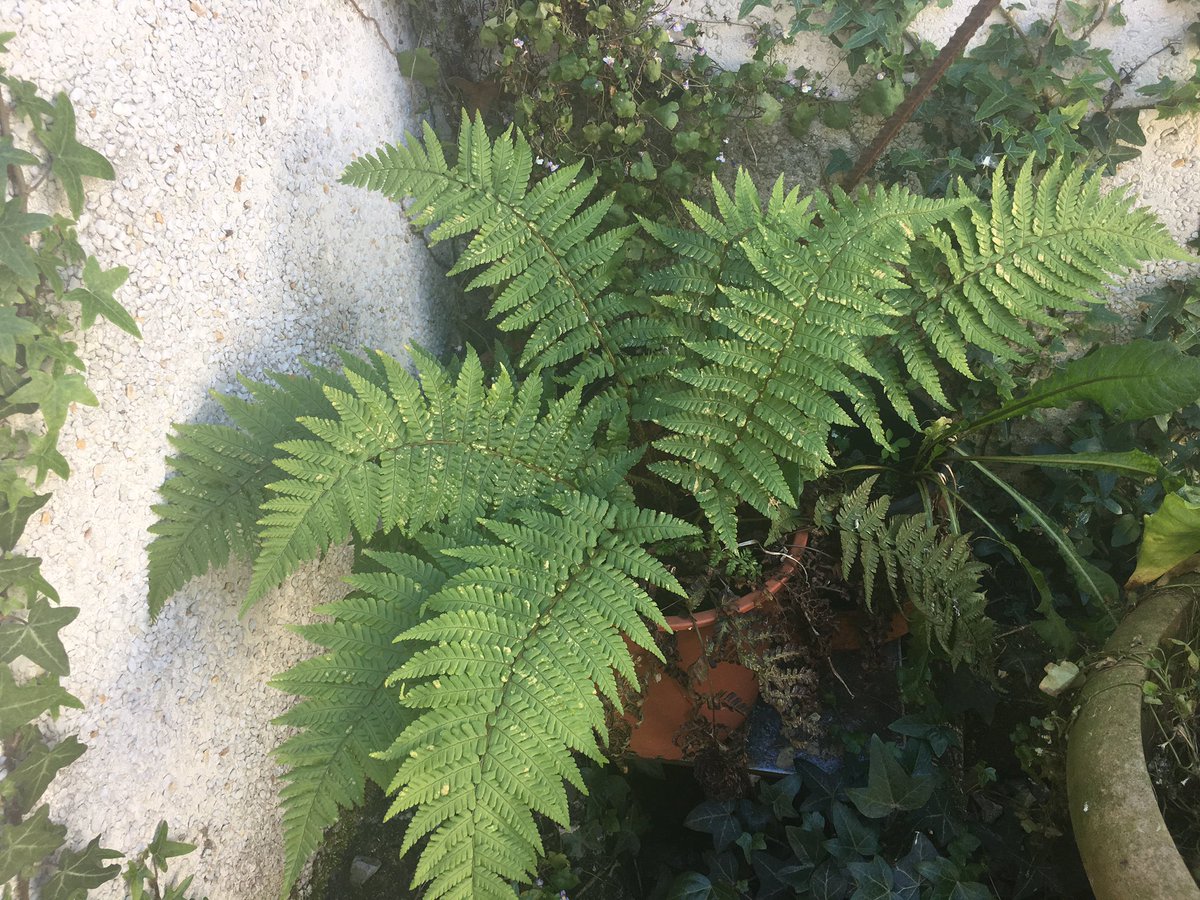
Within the Paleozoic era we find a period characterized by intense geological activity and which is located between the Ordovician and the Devonian. It's about the period Silurian. During this period in which there is a high geological activity we can find scientific evidence about the formation of great mountain ranges as well as the new supercontinent known as Euramérica.
In this article we are going to tell you all the characteristics, geology, climate, flora and fauna of the Silurian period.
Key features

The Silurian period lasted approximately 25 million years, starting from about 444 million years ago to about 419 million years ago. During this period, it is normal for it to exist in shallow water bodies on the surface of the continents because the sea level was quite high. For scientists, the Silurian period is quite interesting since it had changes both at the geological level and at the level of biodiversity.
Plants managed to conquer the terrestrial environment and new species of arthropods, corals and fish appeared. At a geological level, it was also possible to see the formation of various mountain systems that we know today, such as the Appalachian Mountains.
Silurian period geology

During this period the super continent called Gondwana was located at the south pole of the planet. The rest of the supercontinent known as Laurentia, Baltic and Siberia was in a position further north. The sea level had risen considerably as a result of the melting of the ice from the late glaciations of the previous period. This rise in sea level It caused the so-called epicontinental seas to form on the surface of supercontinents. These were small, shallow bodies of water that stretched across the entire surface of these continents.
The effect of the continental drift it continued to shift the continents adrift. This is how the supercontinents called Laurentia, Baltica and Avalonia came to collide to form a much larger supercontinent whose name is Euramérica.
This period was characterized by the emergence of large areas of land. The oceans present at this time were the Panthalassa, Paleo Tethys, Rheico, Lapetus and Ural oceans.
Silurian period climate
Throughout this period, the planet's climate stabilized. There were no longer so many sudden changes in the climate at a global level. Mainly the Silurian one stood out for being a period with a warm climate. The glaciers that had formed during the Ordovician were located towards the south pole of the planet and their consequent melting caused a rise in sea level.
Although it was a fairly warm period in general, there are fossil records that indicate that it was a period with quite a few storms. Subsequently, the global environmental temperature seemed to begin to decrease, cooling the environment a bit. This decrease in temperature did not cause an ice age. At the end of the Silurian and already entered the Devonian the climate was being somewhat more humid and warm with a significant number of precipitations.
Flora

Despite the fact that at the end of the Ordovician there was a massive extinction event, during Silurian life was developing successfully in marine ecosystems, mainly. All the species that managed to survive the end of the Ordovician were able to diversify and even evolve into various genera.
Let's first analyze the flora. In marine ecosystems there was a large amount of algae, mainly green, which helped to generate a balance in the environment. This is because they are part of the trophic chains that were developing. During this period cVascular plants began to develop that have conductive vessels that are xylem and phloem.
At the beginning of this period the terrestrial landscape was very different from the marine one. In the marine environment, life developed and diversified more and more. On the contrary, in all terrestrial habitats the aspect was more desolate and arid. There were only a few stretches of rocky and desert terrain and the occasional humus. The plants that developed in the terrestrial environment necessarily needed to remain close to the bodies of water. This is how they managed to have these elements and nutrients available. This is how the first plants that we know today as bryophytes came into being.
Fauna

As for the fauna, at the end of the Ordovician there was a process of mass extinction that also greatly affected the animals. However, throughout this period, groups of animals such as arthropods developed. From this period they have recovered approximately 425 fossils representing individuals belonging to this phylum. The delights were diminishing in the previous period and continued to exist in marine ecosystems. However, in the area, they became extinct.
Likewise, during the Silurian they appeared for the first time and the myriapods and chelicerates. These groups of animals began to populate the terrestrial habitats. The group of mollusks was represented in this period by the species of bivalves and gastropods. They lived mainly on the seabed.
The crinoids, which are recognized as the oldest echinoderms on the planet as they also existed in this period. these had a peduncle that helped them to be installed on the substrate. They became extinct at the end of the Silurian.
In the field of fish we have a great diversification. In the previous period ostracoderms had already appeared. These are jawless fish and are considered the oldest vertebrates in the fossil record. Other types of fish began to appear, among which those with jaws known as placoderms stood out. One of the representative characteristics of this species is that They have a cuirass on the front of the body. Some specialists affirm that at the end of this period cartilaginous fish made their appearance.
Coral reefs also had great relevance since they appeared during this period. It is here that the truly great coral reefs were formed. This is due to the existing coral species could be diversified by experiment thanks to adaptive radiation.
I hope that with this information you can learn more about the Silurian period.
I was unaware of the existence of this Period. Thank you very much for the detailed information on it. A hug